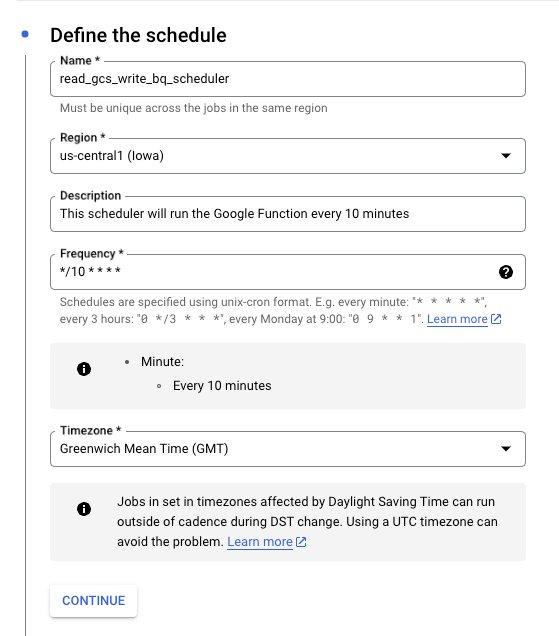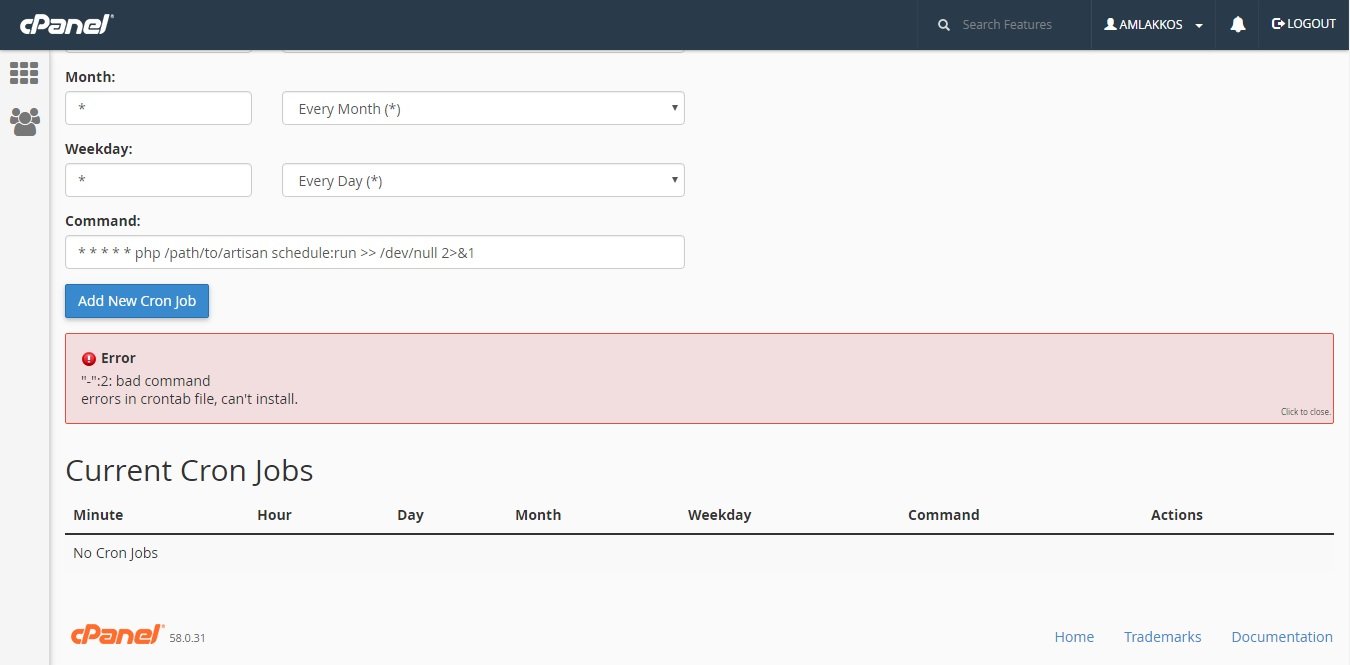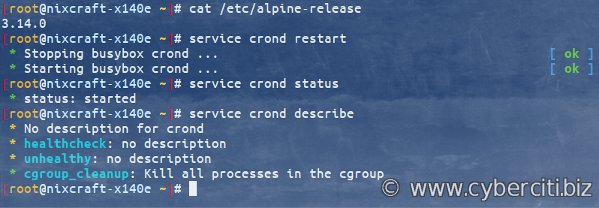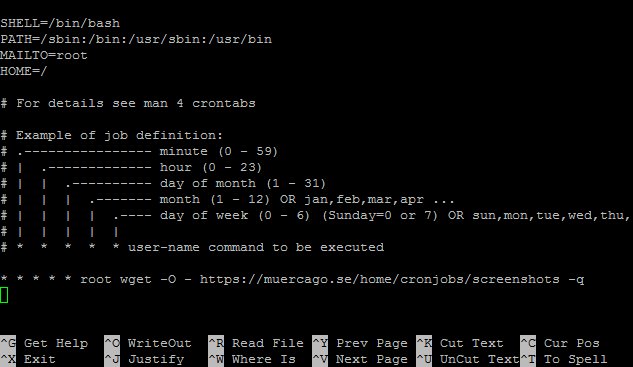Looking for a reliable solution to your daily scheduling challenges? Look no further! Enter Cronguru – your ultimate scheduling guru! Cronguru is a powerful tool designed to streamline your busy life, ensuring you never miss a beat. With its intuitive features and seamless interface, Cronguru takes the hassle out of managing your time and tasks. Whether you’re a busy professional juggling multiple projects or a student trying to stay on top of deadlines, Cronguru is here to help you stay organized and in control. Say goodbye to missed meetings and forgotten appointments – Cronguru has got you covered!
Cronguru: A Comprehensive Guide to Unlocking Your Inner Cron Genius
Introduction to Cronguru
Cronguru is a powerful tool that allows users to schedule and automate tasks on Unix-like operating systems. With its user-friendly interface and flexible scheduling options, cronguru has become an indispensable tool for system administrators, developers, and anyone looking to streamline their workflow. In this comprehensive guide, we will explore the various features and functionalities of cronguru, as well as provide tips and best practices for maximizing its potential.
Understanding Cron and Its Importance
Before diving into the specifics of cronguru, it’s essential to have a basic understanding of cron and its significance in the realm of task automation. Cron is a time-based job scheduler in Unix-like operating systems, which enables users to schedule recurring tasks at predetermined intervals. It runs in the background and executes commands or scripts specified in a cron table, known as a crontab. The ability to automate routine tasks using cron not only saves time but also ensures consistency and reliability in task execution.
The Syntax and Structure of Cron
Cron follows a specific syntax for defining the scheduling of tasks. Each line in a crontab consists of six fields, representing the minute, hour, day of the month, month, day of the week, and the command to be executed. These fields can be specified using numbers or special characters like ‘*’ and ‘/’. For example, the following cron entry runs a script every day at 9:00 AM:
“`
0 9 * * * /path/to/script.sh
“`
Common Use Cases for Cron
Cron is incredibly versatile and can be used for various purposes, ranging from system maintenance to automating data backups. Some common use cases for cron include:
- Scheduling regular database backups
- Running system maintenance tasks, such as disk cleanup
- Automating software updates
- Sending periodic reports or notifications
- Executing periodic data synchronization tasks
Introducing Cronguru: Features and Benefits
Cronguru takes the power and flexibility of cron to the next level with its intuitive interface and advanced scheduling options. Let’s explore some of the key features and benefits that make cronguru a must-have tool for task automation:
User-Friendly Interface
Cronguru boasts a user-friendly interface that simplifies the process of creating and managing cron jobs. With its visually appealing design and intuitive controls, even users with limited technical knowledge can quickly grasp the concept of cron and start automating tasks with ease.
Advanced Scheduling Options
While cron provides basic scheduling capabilities, cronguru enhances this functionality by offering advanced scheduling options. Users can specify complex schedules using a combination of predefined patterns or custom expressions. For instance, cronguru allows users to schedule jobs at intervals such as “every 15 minutes” or “every 2 hours and 30 minutes,” making it highly flexible for a wide range of use cases.
Email Notifications
Cronguru incorporates email notifications into its workflow, allowing users to receive status updates and error alerts related to their cron jobs. This feature ensures that users are promptly informed about any issues or failures, enabling them to take appropriate action and minimize downtime.
Logging and Reporting
Logging and reporting are crucial for monitoring the execution of cron jobs. Cronguru provides comprehensive logging capabilities, allowing users to review the status and output of each task. This feature helps identify potential issues, track job performance, and troubleshoot errors effectively.
Multi-Platform Support
Cronguru supports multiple platforms, including Linux, macOS, and Unix-like systems. Its cross-platform compatibility makes it accessible to a broader user base and ensures consistent performance across different operating environments.
Getting Started with Cronguru
Now that we understand the basics of cron and the benefits of using cronguru let’s dive into the process of getting started with this powerful tool. Follow these steps to unleash your cronguru skills:
Step 1: Installation
Before you can begin using cronguru, you need to install it on your system. The installation process may vary depending on your operating system. However, most modern Linux distributions provide package managers that allow you to install cronguru with a single command. Alternatively, you can download the source code from the official cronguru website and compile it manually.
Step 2: Familiarize Yourself with the Interface
Once cronguru is installed, take some time to explore its user interface. Familiarize yourself with the various elements, such as creating and managing cron jobs, scheduling options, and notification settings. The intuitive design of cronguru ensures that you can quickly navigate through its features and make the most out of the tool.
Step 3: Creating Your First Cron Job
To create a new cron job in cronguru, follow these steps:
- Click on the “Add New Cron Job” button or similar option.
- Specify the command or script you want to execute.
- Set the desired schedule using cronguru’s advanced scheduling options.
- Configure any additional settings, such as email notifications or logging preferences.
- Save the cron job.
Step 4: Managing and Monitoring Cron Jobs
Cronguru provides a dedicated interface for managing and monitoring cron jobs. From here, you can easily view, edit, or delete existing jobs. You can also review the execution logs to troubleshoot any issues and ensure that your tasks are running smoothly. Additionally, cronguru allows you to enable or disable specific jobs, providing granular control over their execution.
Tips and Best Practices for Cronguru Mastery
To truly harness the power of cronguru, consider implementing the following tips and best practices:
1. Keep Your Cron Jobs Organized
As you start creating more cron jobs, it’s crucial to keep them organized. Consider using descriptive names for your jobs, grouping related tasks together, and documenting their purpose. This organizational approach will make it easier to manage and maintain your cron jobs in the long run.
2. Test and Validate Your Cron Jobs
Before deploying cron jobs in a production environment, thoroughly test and validate them in a controlled setting. This practice helps uncover any potential issues or conflicts with existing jobs. By ensuring the correctness and reliability of your cron jobs, you can avoid unexpected consequences.
3. Regularly Review and Update Cron Jobs
As your system and requirements evolve, regularly review and update your cron jobs. Make sure that they still align with your objectives and are optimized for performance. Removing obsolete or redundant cron jobs will prevent clutter and enhance the efficiency of your task automation.
4. Take Advantage of Error Handling and Notifications
Cronguru’s email notification feature can be a lifesaver when it comes to error handling. Configure notifications to receive alerts for failed or incomplete cron jobs. This way, you can quickly take corrective action and minimize any potential disruptions caused by failed tasks.
5. Back Up Your Crontab
To safeguard against accidental deletions or system failures, regularly back up your crontab file. This simple precaution ensures that you can easily restore your cron jobs if the need arises. Store the backup in a secure location and consider automating the backup process as well.
In conclusion, cronguru is an invaluable tool for unlocking your inner cron genius. With its user-friendly interface, advanced scheduling options, and robust features, cronguru empowers users to automate tasks efficiently and reliably. By following the steps outlined in this comprehensive guide and implementing the suggested tips and best practices, you can become a master of cronguru and elevate your task automation capabilities to new heights. Take the time to explore cronguru’s functionalities, experiment with different schedules, and streamline your workflow like never before. Start your journey to cronguru mastery today!
Learn how to write Cron Expression under 5 minutes
Frequently Asked Questions
What is Cronguru and how does it work?
Cronguru is a powerful scheduling tool that allows you to automate and manage your cron jobs effortlessly. With Cronguru, you can easily schedule recurring tasks, set up complex cron expressions, monitor job execution, and receive alerts for any failures. It works by providing you with a user-friendly interface to create, modify, and track your cron jobs, making automation a breeze.
Can I schedule cron jobs on multiple servers using Cronguru?
Yes, Cronguru supports scheduling cron jobs on multiple servers. You can easily manage and deploy your cron jobs across different servers from one centralized dashboard. This enables you to streamline your scheduling process and ensures consistency across your infrastructure.
Does Cronguru provide any notification system for cron job failures?
Yes, Cronguru offers a comprehensive notification system for cron job failures. You can set up email alerts or integrate with popular messaging platforms like Slack to receive instant notifications whenever a cron job fails to execute. This helps you stay on top of any issues and take immediate action to resolve them.
Is it possible to edit or delete a scheduled cron job in Cronguru?
Absolutely! Cronguru allows you to easily edit or delete any scheduled cron job. You can modify the timing, command, or any other parameters of a scheduled job with just a few clicks. Additionally, if you no longer need a particular cron job, you can delete it from your schedule effortlessly.
Can I view the execution history of my cron jobs in Cronguru?
Yes, Cronguru provides a detailed execution history of all your cron jobs. You can view the status, start time, end time, and any error messages associated with each execution. This gives you valuable insights into the performance and reliability of your cron jobs, helping you identify and resolve any issues effectively.
Final Thoughts
Cronguru is a powerful tool that brings convenience and efficiency to individuals and businesses alike. With its user-friendly interface and robust features, Cronguru simplifies the process of managing tasks and scheduling. Whether you are a busy professional or a team leader, Cronguru helps streamline your workflow and ensures that you stay organized. By harnessing the power of Cronguru, you can enhance productivity and stay on top of your commitments effortlessly. Say goodbye to the chaos of missed deadlines and confusing schedules – Cronguru is the ultimate solution for mastering time management.




